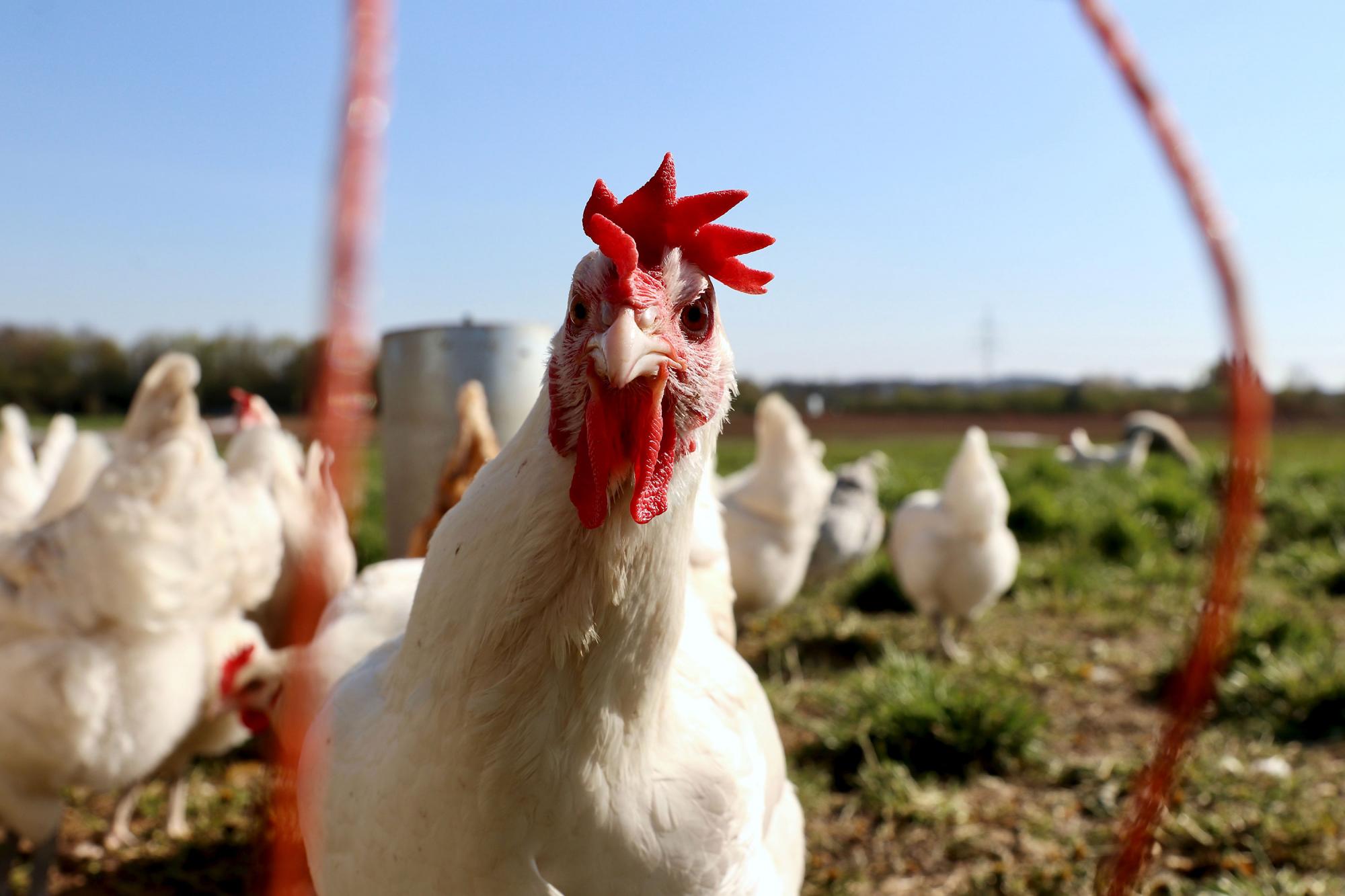
Livestock pests & diseases identification & surveillance
Description
With the increasing demand for the production of more for a growing population, there is a greater threat to human, animal, and ecosystem health - 75% of emerging human infections come from animals. Livestock and livestock products are at the center of this transmission chain of zoonotic diseases as they interact with wildlife and ecosystems and are consumed by humans. Livestock is also a significant contributor to antimicrobial resistance in humans. "In addition to human health burdens, zoonoses reduce livestock productivity and are important barriers to trade in livestock products, as well as causing more difficulty to quantify harms such as spillover to wildlife populations". Furthermore, global warming is putting a lot more people and their animals at greater risk of infectious diseases. Increased incidence of climate-sensitive diseases, and/or expansion of spatial ranges of biological vectors and agents they carry have been observed in many regions of the world, especially in countries that have poor surveillance systems.
Results
In developing a smartphone app through which livestock keepers can record symptoms and report disease incidences, ILRI has enhanced quick and accurate documentation of diseases thus enhancing the availability of data to inform decisions and planning. There is also improved efficiency in dealing with pests and diseases since it makes it easier to have targeted interventions.
